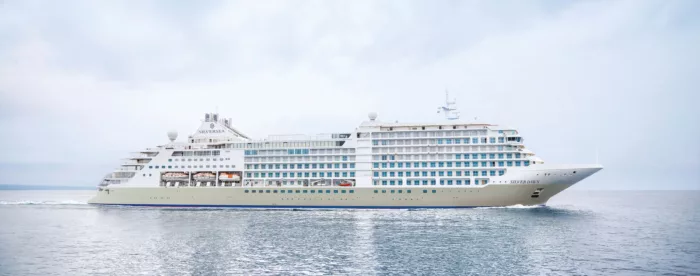Silversea Cruises
Wellness should be about balanced indulgence, not self-sacrifice - that's the philosophy behind Silversea's new programme called Otium, named after the Roman leisure time dedicated to bathing, talking, singing, drinking, eating and relaxing. The easygoing regime includes a 24-hour room-service menu of comfort food, as well as new spa treatments, relaxing baths and hot chocolate served on your balcony.
596
Passengers
411
Crew
2022
Launched
40700t
Tonnage
213m
Length
26m
Width
20kts
Speed
8
Decks
USD
Currency
Cruise Itinerary
Ship Details

Silversea Cruises
Silver Dawn
A new Dawn has arrived! Our tenth ultra-luxury ship joined our fleet in April 2022, sailing a worldwide itinerary that promises authentic, immersive experiences.
Cabins
All Prices




















